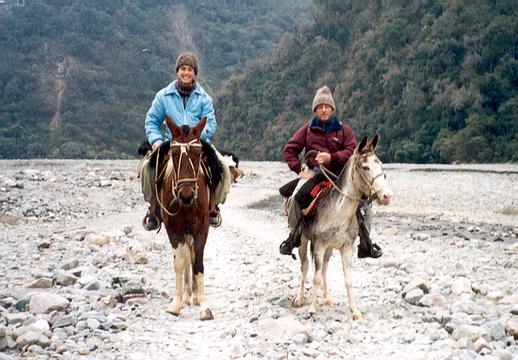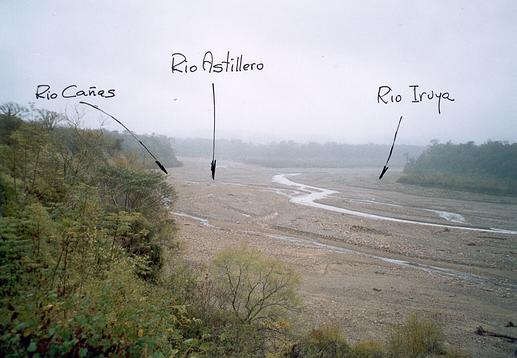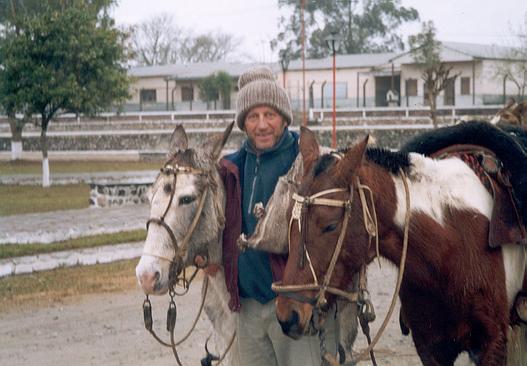
Through the Iruya riverbed
|
|
|
 |
|
|
|
 |
|
 |
|
BIBLIOGRAPHY: *Boman Eric - Antigüedades de la Región Andina de República Argentina y del desierto de Atacama. – Universidad Nacional de Jujuy, 1992 *Casanova Eduardo – Excursión Arqueológica al Cerro Morado – Notas del Museo Etnográfico de Buenos Aires, No: 3 Año 1930. *Colmenares Luis Oscar – Una labor sin fallas: la fundación de Orán. – Academia Nacional de Historia, Tomo I Año 1977. *Debenedetti Salvador y Casanova Eduardo –Titiconte. – Publicación del Museo Etnográfico de Buenos Aires, Serie "A" III Año 1933-1935. *Marquez Miranda Fernando – Cuatro viajes de estudio al más remoto NOA. – Revista del Museo de La Plata, Antropología No: 6 Tomo: I. *Reboratti Carlos – El Alto Bermejo-Realidades y Conflictos. - Editorial La Colmena, Julio de 1998. |
|
|
|
|
|
|
|
|

|
If you liked this note you can share it on your wall so your friends can also see it |

|
For Whatsapp copy and paste: http://www.viajeros4x4.com/a_amigos/bello/iruya/iruya_0.htm |
|
|
|
|
|
|
|
|
|
|